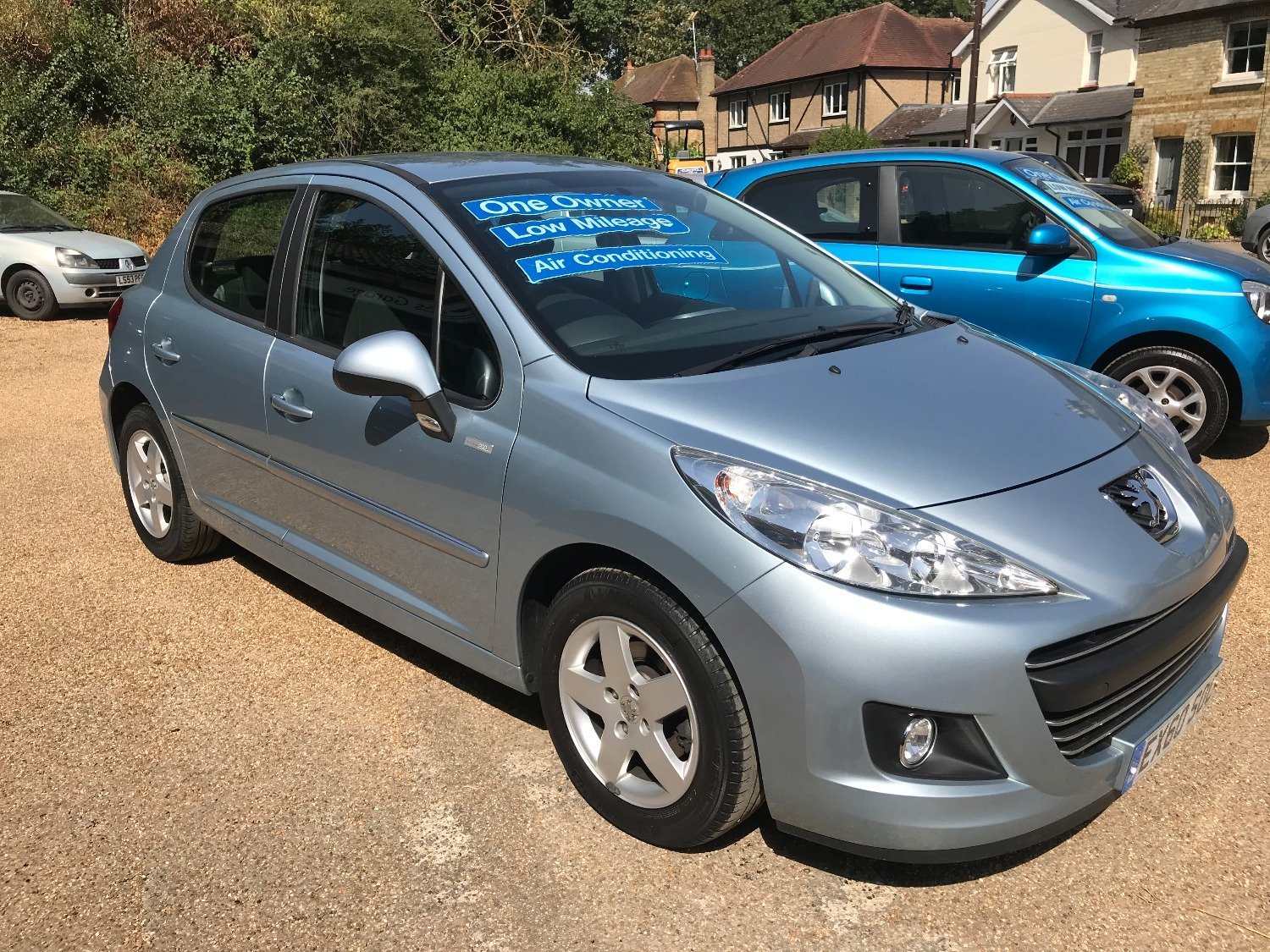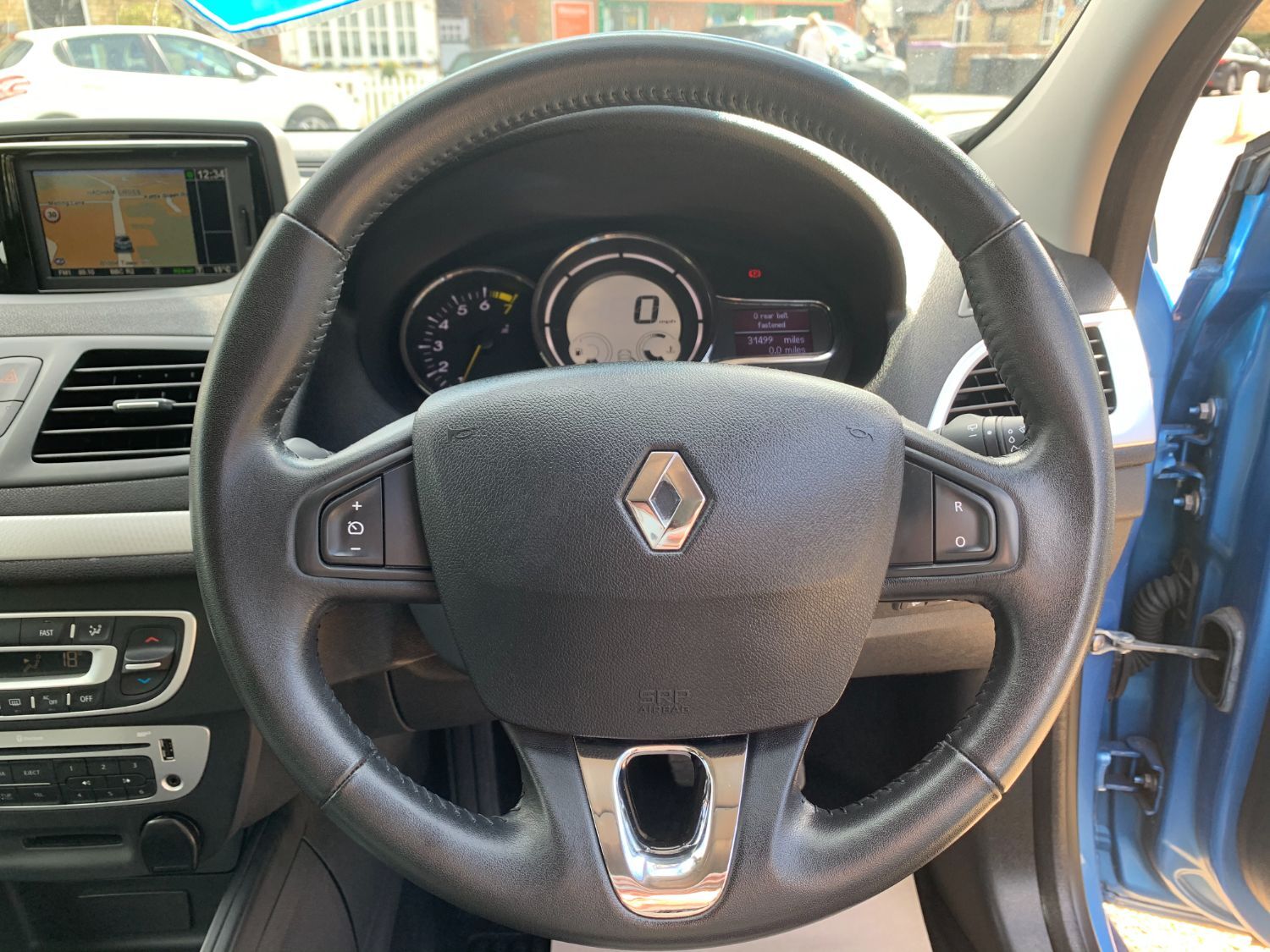

If you’ve ever been a father of young women, you know how annoying, frightening, and just plain off-putting the word “penis” can be. Mollie was always prone to such cacoethes.) “Well, sure…but no, I think I’m going to stick with ‘Penis.’” You can do a lot of stuff, but that doesn’t make it a good idea.” “Well, yeah, but.… but why, Mollie? That’s an awful route name.” “Mollie, what do you wanna name our new route?” She climbed it and I suggested she name it.Īnd this is when the bottom fell out. A few days later, I brought my younger daughter Mollie, 15, up to the crag, and we bolted another route. In early September, we brought a friend and photographer, James Whaley, up to the crag to photograph Zoe leading something, but she was sick (“Thanks, Dad, for dragging me up here when I’m dying….”). I kept going up solo because that was the easiest way to develop routes. The next day I went up solo and bolted another couple of lines.
#Hodge garage inc crack
We also climbed a thin, beautiful crack with delicate moves and named it after one of my colleagues at the Aspen Skiing Company: J-Roy’s Crack. Because of the orange color of the route, we called it Orange Street, after the street Prince Buster was born on in Kingston, Jamaica. It was a crazy route, with some of the more bizarre body positions I’d been crunched into. In mid-August, I took Zoe there and we top-roped then led the most prominent arete. This crag was clean without a human caress. Many of Independence Pass’s routes are in dirt-gathering drainages, hanging gardens of a sort, kept clean by the passage of hands and feet. It sat back at a nice 85-degree angle, and there were delicate seams and genuine crack systems running up and down it.Īnd, it boasted the key to Independence Pass climbing in general: the cracks and seams and portions of face were very clean. It was about 70 feet tall (enough to break bones) and maybe 150 feet wide. Wandering around the Pass several years prior, I’d seen a cliff that looked beautiful for climbing.


Regardless of her upcoming pain, she was off to college in the coming weeks, and she agreed to go with her “dear old dad”-the most bogus term ever applied to the useless side of the parental spectrum. Her questioning hesitation was a typical response, and through it she was saying: “That sounds okay, Dad, but a lot of your adventures turn out to be horrible slogs up gravelly hills with sharp thorns, falling rocks, and general displeasure.” She was correct. “Zoe, you wanna do a new route with me?” I asked one morning while she was preparing to go and spend a day with her boyfriend, a vastly more balanced chap than her sweet old dad. Well, one thing that is always fun when you’re a vastly generic middle-aged white man is to do things with your teenaged daughters, both of whom would rather sit in a Porta-Potty on a hot Grand Junction summer afternoon than spend five minutes with you. When I heard Carbondale climber Jason Brown was putting together a new guide to Independence Pass last year, I figured I’d get involved-do some actual climbing, that is. (Aspen Historical Society/Aspen Illustrated News Collection) I recently realized that fact, and it’s quite remarkable considering the mental space in my empty mental garage the mental sport of climbing has taken up.Ī man placing a caribiner into a piton on Weller Rock up Independence Pass, 1965. With the exception of 19, I’ve never climbed more than 12 days per year. I thought it was 5.8-, but I’ve never climbed enough to be able to grade rock climbing routes. But he described it as “reachy” and 5.10c. I can’t remember what he called it (the route or the book). Tom Perkins included the route in his first guidebook. At the time it was the only route there now there are quite a few. Near the Upper Boulderfield on a slanting wall. We did manage to put up one new route, though. So, Ann and I worked our way through a variety of routes and areas on the Pass, finding nothing wildly interesting in any of our adventures. Independence Pass and its glorified bolted boulder problems-which I couldn’t do anyway-was bunk.īut we lived there. They were based in Grand Junction, so climbing in the desert was the ticket. Plus, my best partners at that point were two younger guys from my quasi-native New Mexico: Luke Laeser and Jon Butler. The desert called, and there were so many untouched towers to climb. Independence Pass was never my first choice, even living at its base. (Aspen Historical Society/Aspen Times Collection)

Carter bouldering on Indepencence Pass, 1975.


 0 kommentar(er)
0 kommentar(er)
